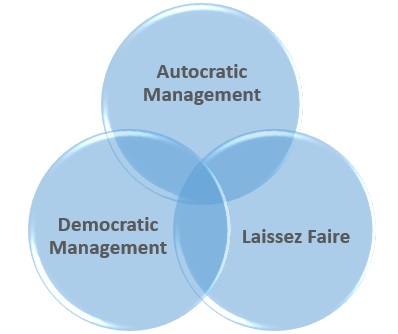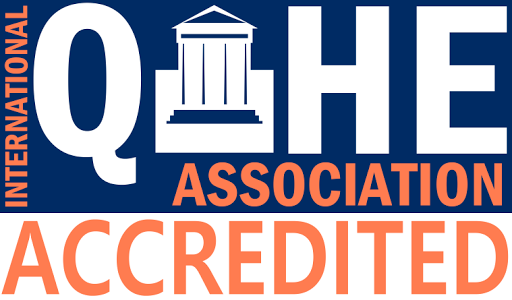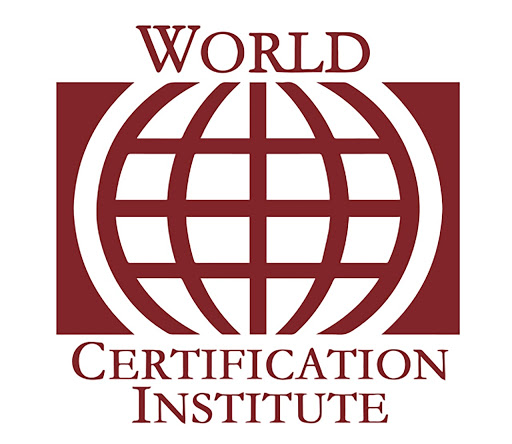Whether you pursue education leadership and management courses, or any other type of course related to management and leadership, you are bound to be exposed to some of the main styles of management that are typically exercised within an organisation. Many of us may be familiar with these common styles of management, and may strongly relate to them when reflecting upon their respective management styles or experiences. In this blog, some of the primary educational management styles have been considered to give you a better perspective.

Autocratic Management: This form of management has been prevailing in our education, political, economic, and business systems for years. Although the extent to which this management style has been tempered down, it is still very evident in many traditional educational institutes. Under this management style, both teachers (with their students) and school leaders (with their teachers) are responsible for making all the decisions. They control the actions, and expects one to completely obey them. Whilst this might sound a bit extreme, this is how education largely looked like a few decades ago. The students and teachers absolutely enjoy no autonomy, and are indeed a part of a very bureaucratic and stringent system. This style of management has been criticised for its inability to stimulate the exchange of ideas and innovation, and in spite of being time efficient, the students and teachers belonging to such management routines are likely to be very demotivated.
Democratic Management: Almost every one of us have a rough idea of what a democratic management style looks like. This is mostly because every time we think of a democratic management style, we think of political democracies. Under this management style, school leaders do not decide on their own. Instead, they procure their teachers’ views and insights, discuss possible alternatives, weigh the benefits and drawbacks, and ultimately take a decision. This way, a slew of ideas and experiences are exchanged, and mistakes overlooked by the leaders can be corrected. This management style enables better flexibility for both the students and the teachers as nothing is essentially forcefully imposed upon them.
Laissez Faire: Through the lenses of this management system, the school leaders only facilitate, and the entire autonomy to take decisions is passed on to the teachers. While this might sound rather exciting, it may not always be very effective because a lack of guidance can overwhelm the teachers. Specially, if the teachers are not rightly equipped to handle situations, then they might steer the boat in the wrong direction. When that happens, the motivation derived from the autonomy gets translated into sheer stress and fear.
As the education leadership and management courses aptly point out, it would be incorrect to assume that school leaders and managers only resort to one type of management style. In fact, they tend to mix up their approaches on the basis of the requirements of the situation they are handling. When there is a shortage of time and efficiency is the priority, then opting for an autocratic style might serve the purpose. Ultimately, this accounts for good management – the ability to regulate one’s style relevantly and effectively.









